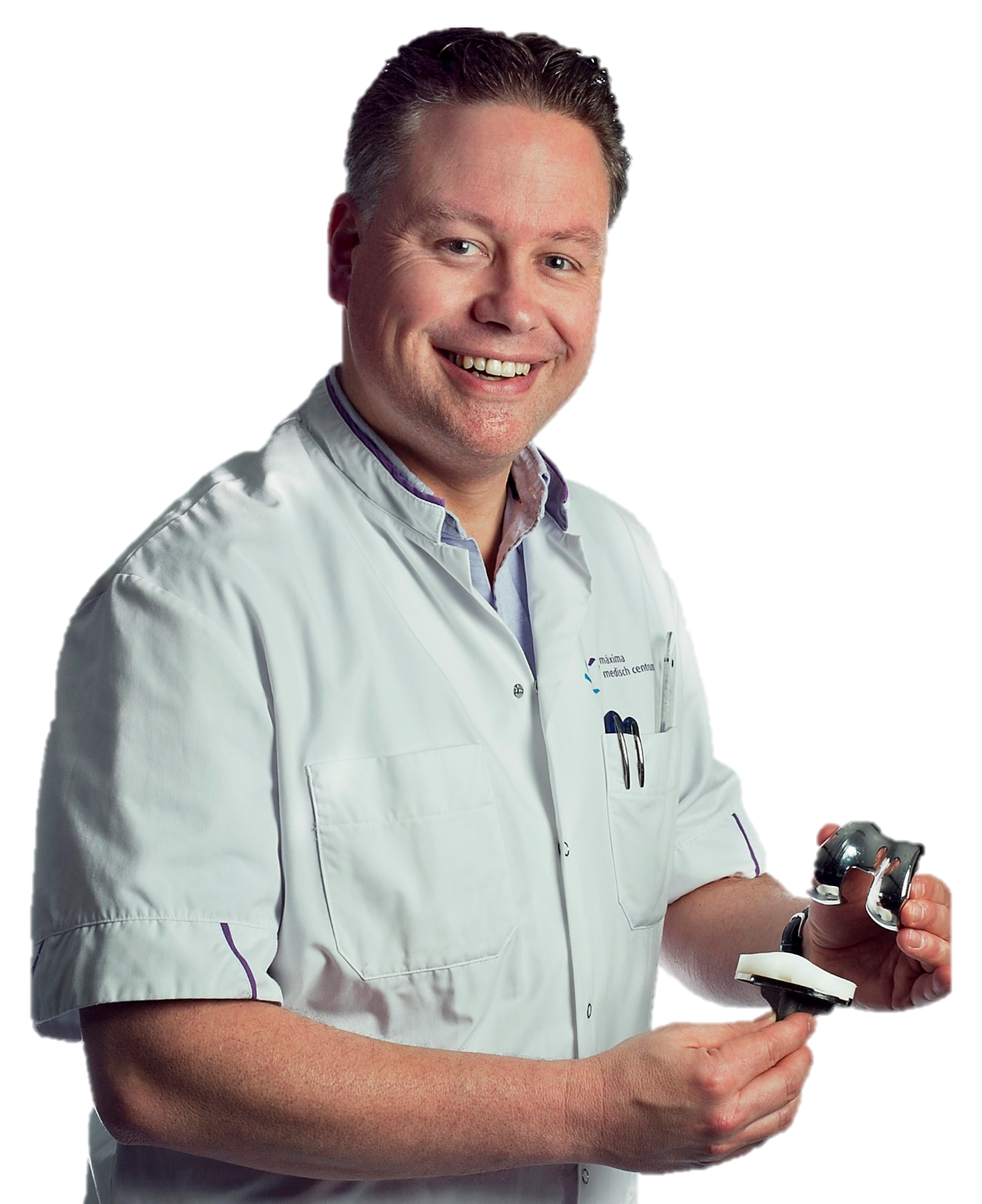STARR Study Group, Meuffels, D. E., &...
The Added Value of Radiographs in Diagnosing Knee Osteoarthritis Is Similar for General Practitioners and Secondary Care Physicians; Data from the CHECK Early Osteoarthritis Cohort

Abstract: Objective: The purpose of this study was to evaluate the added value of radiographs for diagnosing knee osteoarthritis (KOA) by general practitioners (GPs) and secondary care physicians (SPs). Methods: Seventeen GPs and nineteen SPs were recruited to evaluate 1185 knees from the CHECK cohort (presenters with knee pain in primary care) for the presence of clinically relevant osteoarthritis (OA) during follow-up. Experts were required to make diagnoses independently, first based on clinical data only and then on clinical plus radiographic data, and to provide certainty scores (ranging from 1 to 100, where 1 was “certainly no OA” and 100 was “certainly OA”). Next, experts held consensus meetings to agree on the final diagnosis. With the final diagnosis as gold standard, diagnostic indicators were calculated (sensitivity, specificity, positive/negative predictive value, accuracy and positive/negative likelihood ratio) for all knees, as well as for clinically “certain” and “uncertain” knees, respectively. Student paired t-tests compared certainty scores. Results: Most diagnoses of GPs (86%) and SPs (82%) were “consistent” after assessment of radiographic data. Diagnostic indicators improved similarly for GPs and SPs after evaluating the radiographic data, but only improved relevantly in clinically “uncertain” knees. Radiographs added some certainty to “consistent” OA knees (GP 69 vs. 72, p < 0.001; SP 70 vs. 77, p < 0.001), but not to the consistent no OA knees (GP 21 vs. 22, p = 0.16; SP 20 vs. 21, p = 0.04). Conclusions: The added value of radiographs is similar for GP and SP, in terms of diagnostic accuracy and certainty. Radiographs appear to be redundant when clinicians are certain of their clinical diagnosis.
RPA Janssen MD PhD Prof is member of the CREDO Expert Group





